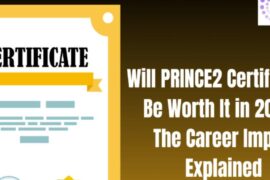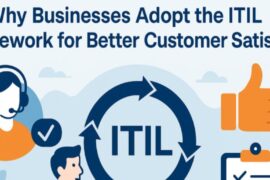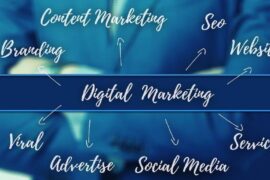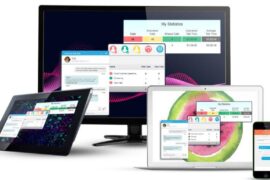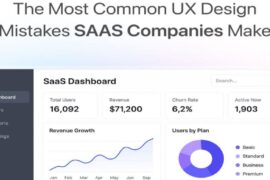In the constantly shifting landscape of digital marketing, a tactic that works today may be next to worthless tomorrow. So it’s worth noting that email marketing, a strategy as old as email itself, remains consistently cost-effective to this day. The Direct Marketing Association estimates that email campaigns bring in an average of $40 for every dollar spent.
That’s the good news. The bad news is that not every email campaign performs at or above the $40 per dollar average. As information overload continues to pummel digital consumers, for every successful email campaign, there’s another (or many others) that fail to make an impact. Digital marketers may spend hours perfecting an email, only to have most recipients ignore it. A MailChimp analysis found that most 2018 email campaigns experience an open rate of only 20 percent.
With consumer attention at a premium, digital marketers have to leverage every tool they have to increase the chance that their email gets opened, gets read, and generates sales. Take note of these six tips for attention-grabbing emails that help companies make the most of email marketing’s potential.
Keep it Short and Sweet
The average office worker receives about 121 emails per day–so it’s hard to blame readers for only opening emails that seem like they have something of value. And on top of that, it’s no surprise that shorter emails tend to perform better than long emails, with studies suggesting that 50 to 125 words comprise a reader sweet spot. Your goal is to communicate a brand message and offer your readers something of value, not waste their time. Write your emails succinctly to reflect that. Try using URL shorteners to supercharge marketing emails–they help you share important links without taking up valuable email space.
Limit Subject Line Length, Too
Most people interact with their inboxes (and particularly their “promotions” inbox if they’re a Gmail user) by scanning subject lines, not opening and reading every email. That means you should try to communicate as much as possible in the subject line, right? Wrong–experts estimate that the optimal length for subject lines is only 41 characters. Think of those 41 characters like a newspaper headline. They don’t communicate every detail about the email, but they do use careful word choice to summarize content succinctly while drawing in readers.
Optimize For Mobile
Your email may look great when opened on a desktop–but you ignore mobile users at your peril. As of 2018, 61 percent of email opens happen through mobile devices. Layouts that work on the desktop can be destroyed on much smaller phone screens, so use scalable and responsive design to ensure that mobile users enjoy reading your emails as much as desktop users.
Use Interactive Content
Getting your emails opened is just half the battle. The other half is engaging readers effectively enough to communicate your message. Though it’s a little more technologically challenging than other strategies, interactive content can be a powerful engagement tool. Games, quizzes, and “scratch and flip” graphics can draw your readers towards your message–one survey found that 66 percent of content marketers improved their conversion rates through interactive content.
Emphasize Quality, Not Just Quantity
In a best-case scenario, your email improves customer engagement and conversion while contributing to a sustainable, lasting positive relationship between brand and consumer. In a worst-case scenario, recipients get annoyed, damaging the brand-consumer relationship. While your emails shouldn’t be so infrequent your customers forget about you, they shouldn’t turn into an inescapable barrage. Studies show that the exact number of emails to send per week varies depending on your campaign goals and your relationship with the recipient, but no matter what your emails should always offer high-quality, engaging content. An email to a consumer is only justifiable if it offers them something, whether that’s useful information or a coupon.
Leverage Color
Did you know that you can use bold color choices to improve conversion rates? Color is an important part of brand identity, and studies show that consumers associate different colors with different emotions and situations, in turn shaping their buying behaviors. In one test, red “Buy” buttons in B2B communications outperformed green buttons by 21 percent. Your email shouldn’t break from your brand’s visual identity, but it can use bold color choices to stand out while reinforcing brand values.
Books can (and have) been written about effective email marketing, but companies succeed by applying the best strategies for their unique brand identities and consumer profiles. That’s why lists of successful email marketing campaigns tend to cover a wide variety of industries, design choices, schedules, and content. These campaigns succeed not because they follow a mold, but because they take the time to understand what their readers want.









